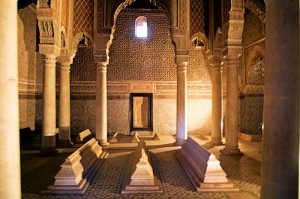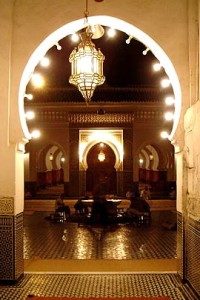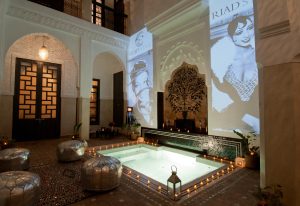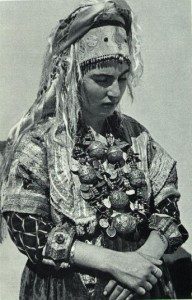Morocco has the richest Islamic architectural heritage in North Africa. Key to this was the influence of Muslim Andalusia, as Muslims were expelled from Spain as a result of the Christian Reconquista led by King Ferdinand and Queen Isabella in 1492. This Andalusian style, which was a rich fusion of European and Arab creativity had a far greater architectural influence, than the Middle East.
Tag: Morocco Culture
Morocco ‘s 4th Imperial City of Meknes is often left off tourist itineraries. Meknes is a UNESCO World heritage site and has massive imposing ramparts, 25 kms long, built by Sultan Moulay Ismail, of the Alaouite dynasty, who ruled Morocco from 1672-1727. He chose Meknes as his capital because of the resistance and intrigue he encountered in Fes and Marrakech. He successfully defeated warring tribes and religious brotherhoods in the south uniting the country and repelling European invaders in the north, liberating Tangiers from British rule. The Sultan Moulay Ismaeil also withstood the Ottoman invaders who took Tunisia and Algeria.
Riad Star opens in September 2013 after two years of renovation by a team of Marrakech’s finest craftsmen. It was part of the palace once owned by the Pasha of Marrakech, Thami El Glaoui who in the 1940s invited Josephine Baker to live there. She was inspirational vaudeville star, singer and dancer of the jazz era. She was also a French resistance heroine and civil rights pioneer to come and live in it and Riad Star’s seven rooms have been decorated in Art Deco style with memorabilia sourced from the Parisian music halls of the twenties and thirties. Riad Star is a unique addition to Moroccan Riad and Boutique Hotel offerings.
Morocco has a diverse and vibrant culture close to Europe just 13 km from the coast of Spain yet with growing ties with the Middle East where the oil rich Gulf countries are investing substantially in Morocco’s tourism industry.
In the nineteenth century Morocco began to receive European and American visitors who were also visiting neighboring Algeria,Tunisia and Libya. Early photographers like the Scotsman George Washington Wilson and others began to take photographs of the countryside, towns and people including posed photographs of Berber women adorned in their fine Moroccan jewelry. These photos became the first travel postcards and help to encourage early tourism and an appreciation of North African jewelry.






